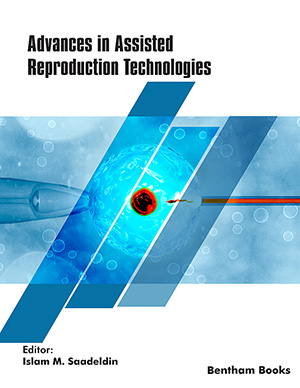Abstract
Immobilized enzymes offer many advantages over the free counterparts. These advantages include, but are not limited to, easy separation, reuse, induced stabilities and potential of continuous operation. However, the immobilization process at the same time causes some drawbacks including loss of catalytic activity of the immobilized enzymes. Many interpretations have been given to explain the reasons behind such drawback. Some of them are related to the enzymes themselves, such as deactivation of enzymes and miss-orientation. Others refer to diffusion limitation of substrates and/or to inhibitory effects of the products. Substrate diffusion limitation presents the most serious one.
In this review some strategies for overcoming this drawback are reported. Among these strategies are the ones related to enzyme immobilization on: a) soluble-insoluble matrices, b) thermally reversible hydrogels, c) pressure-sensitive gels, d) on catalytic hydrophobic membranes operating under non-isothermal conditions, and finally, on carriers' surface, are presented and discussed.
Keywords: Activity decay, diffusion limitation, easy separation, enzymes immobilization, inhibition, non-isothermal bioreactors, pressure-sensitive gels, products, reuse ability, soluble-insoluble matrices, stabilities, substrates, surface immobilization, thermally reversible hydrogels.

























